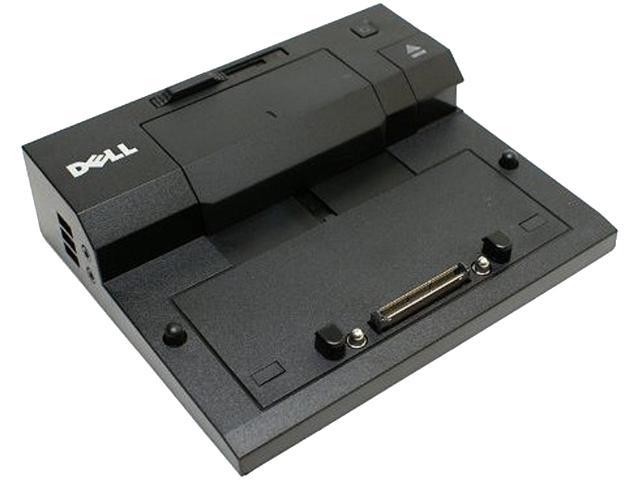Generate Serial Number In Excel
One way to generate random numbers in Excel is with the RAND function. By itself, RAND generates a limited range of random numbers, but by using it in formulas with other functions, you can expand the range of values so that:

Excel stores dates as sequential serial numbers so that they can be used in calculations. By default, January 1, 1900 is serial number 1, and January 1, 2008 is serial number 39448 because it is 39,447 days after January 1, 1900. Sometimes you may need to insert some special sequential numbers, such as 000-001, or with other suffix and prefix. Here we are going to guide you how to quickly create or insert sequence numbers in Excel. Insert unique sequence number in Excel as 1, 2, 3. Customize and insert unique sequence numbers with suffix and prefix. There are many more possible formats and you can even create your own with custom formats. In this example of Dec, 31 2016, the date is really stored in Excel as the value 42735 regardless of the format. This is because Excel stores dates as a serial number between 1 and 2,958,465 which represent dates between. The goal of the date serial number is to avoid having Excel view something like as different from 16-Dec-31 because they are written differently.
Create Serial Numbers
- RAND can be made to return random numbers within a specified range, such as 1 and 10 or 1 and 100 by specifying the high and low values of a range,
- You can reduce the function's output to integers by combining it with the TRUNC function, which truncates or removes all decimal places from a number.
The RAND function returns an evenly distributed number greater than or equal to 0 and less than 1. While it is normal to describe the range of values generated by the function as being from 0 to 1, in reality, it is more exact to say the range is between 0 and 0.999..
These instructions apply to Excel 2019, 2016, 2013, 2010, Excel Online and Excel for Office 365.
RAND Function Syntax and Arguments
A function's syntax refers to the layout of the function and includes the function's name, brackets, comma separators, and arguments. The syntax for the RAND function is:
Buyer pays for return shipping. This means that I have to plug in the laptop before I dock the computer and can not use the top USB connector.  Dell E-Port Replicator with USB Dell United StatesAlso shop in Also shop in. Any international dell pro3x and import charges are paid in part to Pitney Bowes Inc.
Dell E-Port Replicator with USB Dell United StatesAlso shop in Also shop in. Any international dell pro3x and import charges are paid in part to Pitney Bowes Inc.
Unlike the RANDBETWEEN function, which requires high-end and low-end arguments to be specified, the RAND function accepts no arguments.
You can see several RAND function examples in the above image.
- The first example (row 2) enters the RAND function by itself.
- The second example (rows 3 and 4) creates a formula that generates a random number between 1 and 10 and 1 and 100.
- The third example (row 5) generates a random integer between 1 and 10 using the TRUNC function.
- The last example (row 6) uses the ROUND function to reduce the number of decimal places for random numbers.
Generating Numbers with RAND
Again, since the RAND function takes no arguments, you can enter it by clicking on a cell and typing =RAND() which results in a random number between 0 and 1 in the cell.
Generate Numbers Within a Range
The general form of the equation used to generate a random number within a specified range is:
High and Low signify the upper and lower limits of the desired range of numbers. As an example, to generate a random number between 1 and 10 enter the following formula into a worksheet cell:
Generating Random Integers with RAND
How To Generate Serial Numbers In Excel Automatically
To return an integer — a whole number with no decimal portion — the general form of the equation is:
Rather than remove all decimal places with the TRUNC function, we can use the following ROUND function in conjunction with RAND to reduce the number of decimal places in the random number to two.
RAND Function and Volatility
The RAND function is one of Excel's volatile functions; this means that:
- The function recalculatesand produces a new random number every time anyone makes a change to the worksheet, including actions such as adding new data.
- Any formula that depends either directly or indirectly on a cell containing a volatile function also recalculates every time someone makes a change in the worksheet.
- In worksheets or workbooks containing large amounts of data, take caution when using volatile functions because they can slow down the program's response time due to the frequency of recalculations.
You can also force the RAND function to produce new random numbers without making other changes to a worksheet by pressing the F9 key on the keyboard. This action forces the entire sheet to recalculate including any cells containing the RAND function.
You can also use the F9 key to prevent a random number from changing every time someone makes a change to the worksheet:
Click on a worksheet cell where you want the random number to reside.
Type the function =RAND() into the formula bar above the worksheet.
Press the F9 key to change the RAND function into a static random number.
Press the Enter key on the keyboard to display the random number into the selected cell.
Now, pressing F9 won't affect the random number.